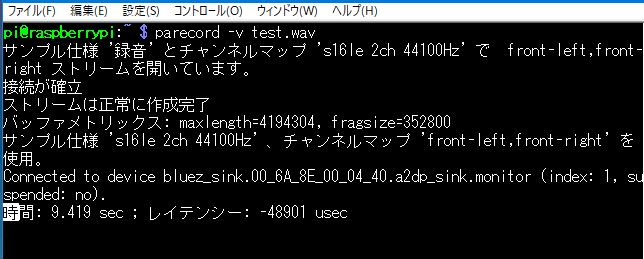

PulseAudio was initially released in 2004, and it’s now included and enabled by default in Ubuntu, Linux Mint, openSUSE, and other major distributions.

If you don’t remember the last time you interacted with ALSA when changing your audio settings, that’s probably because the user-facing layer of the Linux audio system in most modern distributions is called PulseAudio. Most Linux distributions these days don’t even bother activating the OSS emulation layer present in ALSA because almost nobody needs it anymore, making OSS a relic of the past. Today, OSS is distributed under four different licenses (BSD, CDDL, GPL, Proprietary).
#Pulseaudio vs alsa software#
It’s worth noting that OSS became free software again with the release of the version 4 in 2007. When the developers of OSS announced that OSS version would have a proprietary license, a decision was quickly made by Linux developers to replace it with ALSA. In Linux 2.6 ALSA replaced OSS as the default sound system. ALSA was designed to overcome its various shortcomings, such as the fact that it didn’t allow more than one application to access the hardware at a time. Until Linux 2.5, OSS was actually the main and only sound system for Linux. The official website of ALSA mentions support for Open Sound System, or OSS for short. This command toggles channel muting, and it’s a fairly common fix to many questions posted on Linux discussion boards. One particularly useful keyboard command is activated by hitting the M key. Alsamixer runs in the terminal, and you can invoke it just by typing its name. Users typically interact with ALSA using alsamixer, a graphical mixer program that can be used to configure sound settings and adjust the volume of individual channels.
#Pulseaudio vs alsa driver#
The original design of ALSA was largely inspired by the Linux device driver for the Gravis Ultrasound sound card, which was made by Canada-based Advanced Gravis Computer Technology and became very popular in the demo scene during the 1990s.ĪLSA support for all types of audio interfaces thanks to fully modularized sound drivers, can manage up to eight audio devices at the same time, access hardware MIDI functionality, perform hardware mixing of multiple channels, and more. It’s actually part of the Linux kernel itself, providing audio functionality to the rest of the system via an application programming interface (API) for sound card device drivers. Created in 1998 by Czech software developer Jaroslav Kysela, ALSA is responsible for giving a voice to all modern Linux distributions. Let’s start with the most important layer of the Linux audio, ALSA. This article won’t make you an expert on Linux audio, but it will, hopefully, explain the basic technologies responsible for making sound come out of your speakers when you open a video on YouTube or play a game on Steam. The situation is relatively fine when it comes to mainstream distros like Ubuntu, Debian, or Fedora because their developers have gone to great lengths to make audio work right out of the box, but the same can’t be said about Arch Linux, Gentoo, and other minimalistic distributions that expect users to configure everything from scratch. Not only are multiple technologies performing similar jobs, but most of them can be completely omitted by Linux distributions and their users. There’s one thing both new and seasoned Linux users can agree on: Linux audio is confusing.


 0 kommentar(er)
0 kommentar(er)
